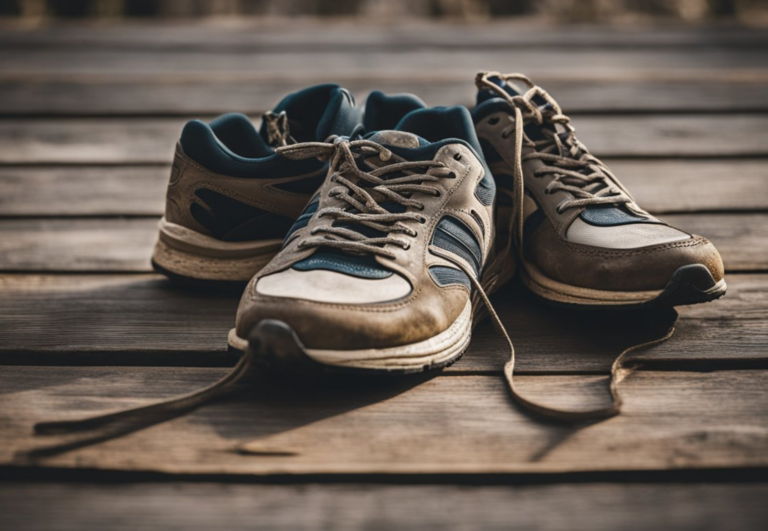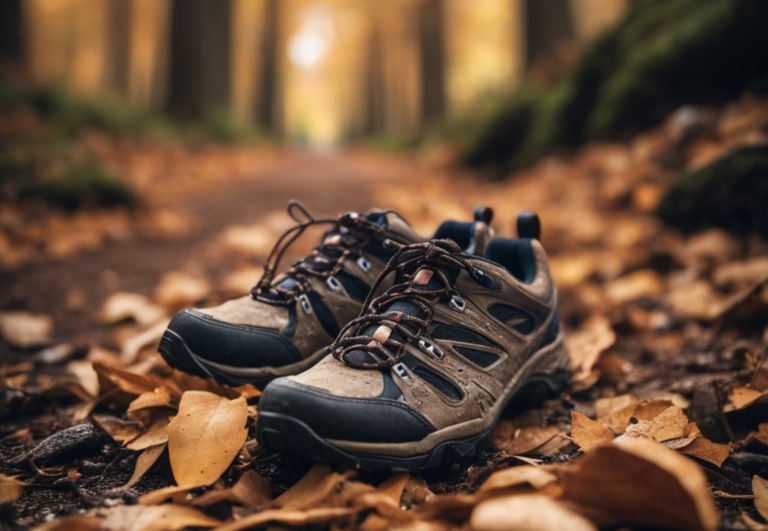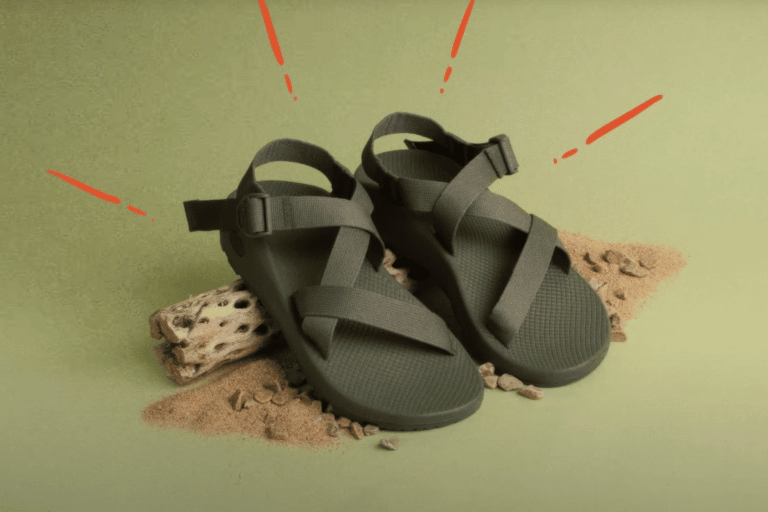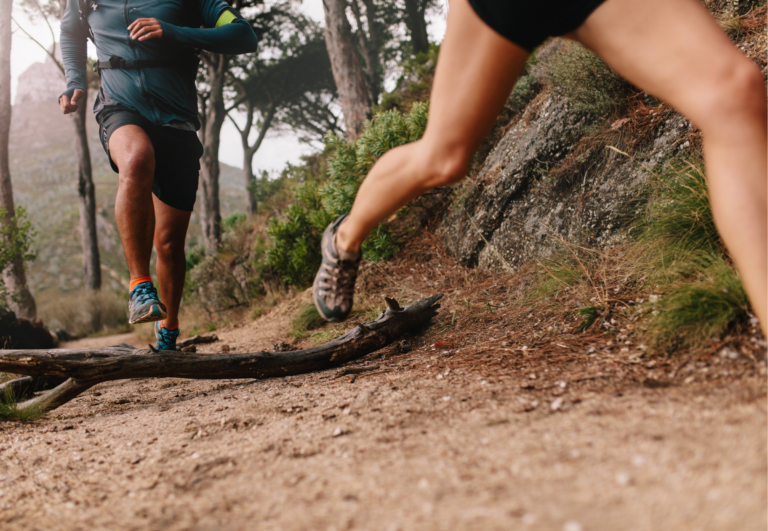How to Choose Trail Running Shoes for Ultra Distances: With Recommendations
Selecting the right trail running shoes for ultra distances is critical for both your performance and comfort. In my years of experience and training other trail runners, I’ve learned that the perfect pair of shoes is a decisive element in an ultramarathon. These shoes are not just gear—they are the foundation upon which you build your race. A well-chosen pair accommodates long hours on diverse terrains while providing vital support and protection for your feet.
When preparing for ultra distances, consider that your trail running shoes must withstand extensive training miles as well. They should be durable, offer excellent traction to handle variable surfaces, and be designed to reduce the risk of blisters and other common foot ailments. The right fit is essential; a shoe that is too tight or too loose can lead to discomfort or injury over the many miles you will be running.
As a UESCA certified running coach, I recommend prioritizing comfort, support, and function over aesthetics. Look for shoes that present a balance of cushioning and responsiveness, keeping in mind that over ultra distances, the continuous impact can be taxing on your joints. Choose shoes that match the specific conditions you’ll train and race in, whether that’s muddy trails, rocky paths, or a combination of terrains.
Remember—your trail running shoes are your most critical piece of equipment when facing the challenges of ultra distances.
My Current Ultra Distance Trail Running Shoe Recommendations
Hoka Speedgoat 5
The Hoka Speedgoat 5 is praised for its great traction and significant cushioning, making it a top choice for trail runners seeking comfort and stability over long distances.
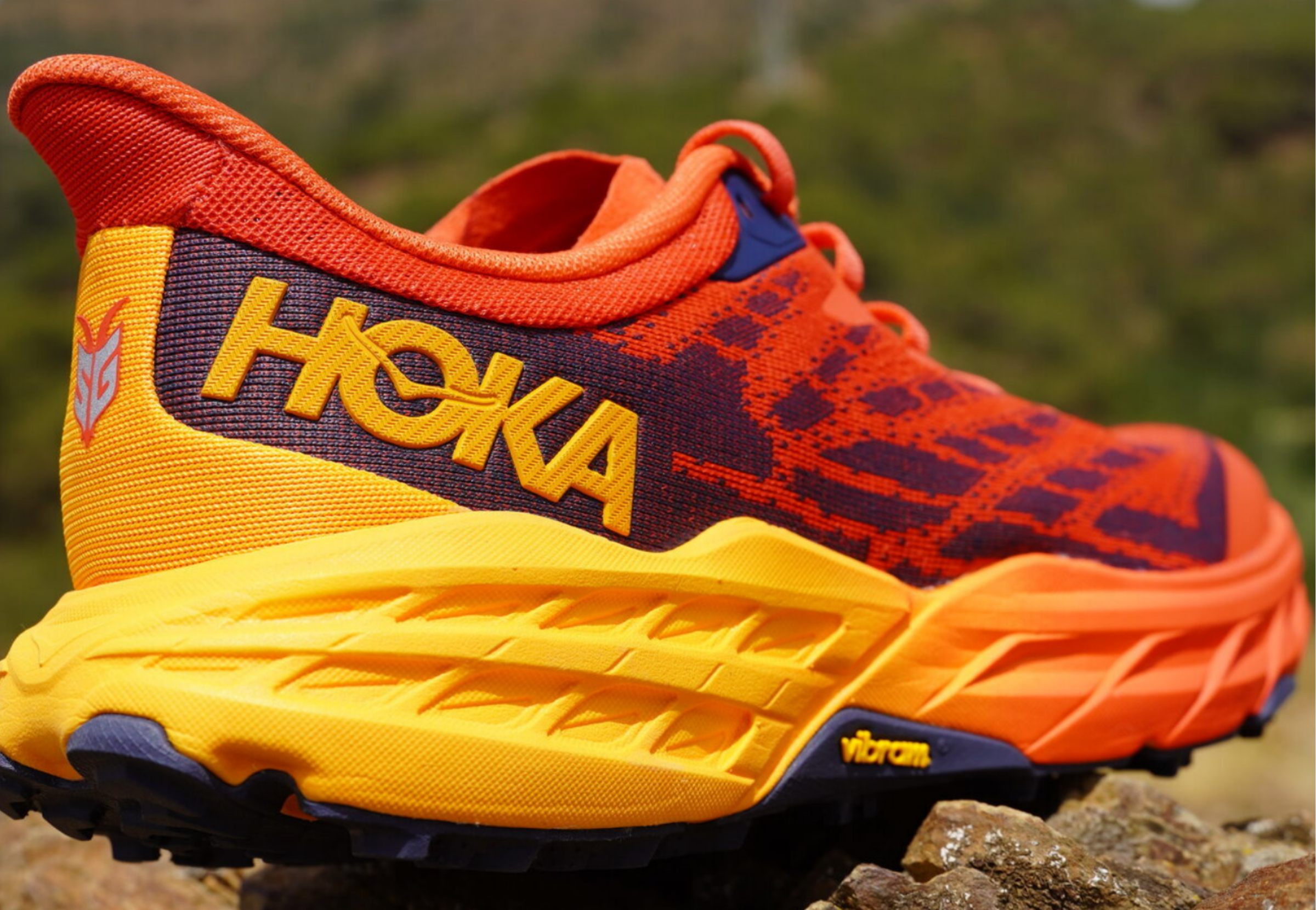
Saucony Endorphin Rift
For those tackling 100-mile races, the Saucony Endorphin Rift is recommended for its balance of firmness and stiffness, which can be particularly beneficial on faster and more technical trails.
Salomon Ultra Glide 2
The Salomon Ultra Glide 2 is highlighted for its effective impact dampening, which is essential for sustaining efforts during ultra-long races.
Nike Pegasus Trail 4
For those who prefer max-cushioned shoes, the Nike Pegasus Trail 4 is a great option that offers comfort over ultra distances while maintaining a streamlined and firm feel.
Salomon S/LAB Ultra 3
The Salomon S/LAB Ultra 3 is a choice for ultra trail runners who are looking for a shoe designed with performance in mind, offering a balance of comfort and technical precision.
Nike ZoomX Ultrafly
The Nike ZoomX Ultrafly features a carbon plate and is built for covering big distances, offering advanced technology for those pushing the boundaries in ultra trail running.
Brooks Pure Grit
The Brooks Pure Grit is designed for ultra-marathon trail running, offering a balance of grip, durability, and comfort suitable for long and challenging terrains.
Hoka Tecton X2
For a firmer, stiffer option that performs well on faster, technical trails, the Hoka Tecton X2 can be a solid choice for ultra runners seeking responsive footwear.
Adidas Terrex Agravic Speed Ultra
Adidas also offers a competitive option with the Adidas Terrex Agravic Speed Ultra, which is part of the most exciting trail running shoes of 2024, providing a blend of speed and durability for ultra-distance runners.
Altra Mont Blanc Carbon
Lastly, the Altra Mont Blanc Carbon makes the list as an exciting trail running shoe of 2024, featuring a carbon plate for increased propulsion and energy return, which can be advantageous during ultra marathons.
Important Trail Running Shoe Features
When selecting trail running shoes for ultra distances, key aspects such as outsole design, cushioning, and the upper material must be carefully evaluated to ensure they meet the demands of long, technical trails.
Outsole and Traction
The outsole of trail running shoes should provide robust traction to handle a variety of surfaces, from muddy paths to rocky ascents. Look for shoes with a durable rubber compound and an aggressive lug pattern that grips onto terrain. Large lugs, at least 4-5mm deep, offer superior grip and are crucial for maintaining stability over rocks and roots.
- Key Outsole Features:
- Durable rubber compound
- Aggressive lug pattern (4-5mm deep)
Cushioning and Stack Height
Cushioning is essential to protect your feet during the repetitive impact of ultra distances. However, the level of cushioning, known as stack height, varies. Some runners prefer a minimal cushion for better ground feel, while others opt for maximum cushioning to dampen impact. A mid-range cushioning with a rock plate can offer a balance between protection and sensitivity.
- Stack Height Preferences:
- Minimal: Better ground feel
- Maximum: Enhanced impact protection
- Mid-range: Protection with ground sensitivity
Upper Material and Protection
The upper material of a trail shoe affects breathability, waterproof capabilities, and overall durability. Look for a mesh upper with a balance between breathability and the ability to repel water.
Strong toe guards and reinforced materials provide additional protection against trail debris. Being durable yet comfortable is vital for the long distances and diverse conditions you’ll encounter.
- Upper Material Considerations:
- Mesh: For breathability
- Reinforcement: For durability and protection
- Toe guards: For added safety against debris
Selecting the Right Fit and Comfort
When preparing for ultra distances, the importance of properly fitted trail running shoes cannot be overstated. A precise fit and sufficient comfort are essential for endurance and foot protection on long, technical trails.
Sizing and Toe Box
Sizing: It’s crucial to select a shoe that matches the contour and volume of your foot. I recommend getting fitted by a specialist to find the right size, considering that your feet may swell over long distances. The ideal fit should secure your foot firmly, with no slipping at the heel or pinching at the sides.
- Toe Box: Look for a shoe with a toe box that allows your toes to wiggle without constriction. Aim for at least a thumb’s width of space from the tip of your longest toe to the front of the shoe to prevent bruising during descents.
Cushion and Insole
Cushion: For ultra running, balancing cushioning and ground feel is key. A shoe with adequate cushion can prevent fatigue and provide protection from rocks and roots. However, too much can reduce trail feedback, which is necessary for quick adjustments on uneven terrain.
- Insole & Arch Support: Select an insole that offers good arch support. This will not only improve comfort but also reduce the risk of overuse injuries. Consider insoles that are removable to adjust the level of support or replace them with custom orthotics if needed.
Remember, while heel-to-toe drop is a personal preference, zero-drop shoes can alter your running mechanics significantly. If transitioning from a traditional drop, do so gradually to avoid strain on the Achilles tendon and calf muscles.
Evaluating Shoe Performance for Different Terrains
Choosing the right trail running shoes for ultra distances means considering how they perform on varying terrains. Each terrain presents unique challenges, and using the appropriate footwear is vital for traction, comfort, and injury prevention.
Shoes for Muddy and Soft Trails
For muddy and soft trails, look for shoes with aggressive lug patterns. These lugs, ideally 4mm or more in depth, provide the grip necessary to handle slippery conditions. Shoes designed for mud often feature spacing between lugs to prevent mud from caking up, maintaining traction through the muck.
- Lug depth: 4mm+
- Key feature: Spaced lugs to prevent mud build-up
Shoes for Rocky and Technical Terrain
When navigating rocky and technical terrain, durability and foot protection are paramount. A trail shoe with a sturdy rock plate will defend against sharp objects while a reinforced toe cap can minimize injury from impacts. For rocky surfaces, look for shoes with a balance between grip and stability to handle uneven and unpredictable substrates.
- Protection: Rock plate and reinforced toe cap
- Balance: Traction and stability
Adaptability to Weather Conditions
Weather conditions greatly influence trail performance. For snow and sand, shoes with a gaiter attachment point can prevent debris entry. In wet conditions, quick-drying materials and water-resistant uppers help keep feet dry. For dry and hot environments, breathable mesh encourages air flow, aiding in temperature regulation and comfort.
- Wet/Snow: Gaiter attachments, water-resistant materials
- Dry: Breathable mesh uppers
Considering Durability and Shoe Life
When choosing trail running shoes for ultra distances, durability is not just a quality—it’s a necessity. Shoes must withstand tough conditions and long distances without compromising on performance.
Materials and Build Quality
The materials and overall build quality of a shoe are significant indicators of its durability. Look for:
- Uppers: Durable mesh or synthetics combined with overlays to protect against trail debris.
- Midsoles: A responsive yet forgiving foam that can endure high mileage while providing stability and support.
- Outsoles: Tough rubber with deep lugs for grip on rough terrain.
A high-quality trail running shoe typically features reinforced areas prone to wear, such as the toe box and heel counter.
Maintenance and Care
Proper maintenance can extend the life of your trail running shoes. Here’s how:
- Clean Regularly: Remove debris and dirt after each run to prevent material breakdown.
- Dry Properly: Let your shoes air dry away from direct heat to maintain material integrity.
Remember, even with rigorous care, trail running shoes, especially those used for ultra distances, will likely need to be replaced more often than standard running shoes due to the demanding nature of the sport.
Balancing Weight, Responsiveness, and Stability
When choosing trail running shoes for ultra distances, it is essential to strike a balance between lightweight construction and protective features, ensuring stability while maintaining a responsive feel.
Lightweight vs. Protective Features
Lightweight shoes can enhance your running efficiency, but when covering ultra distances, protection and cushion become increasingly important. My advice is to aim for shoes that provide enough cushioning to absorb impact over long distances without excessively increasing weight.
- Cushioning: Moderate to high, to reduce fatigue over time.
- Protective features: Toe caps and rock plates for safety on technical trails.
Stability and Ground Feel
Stability in trail running shoes is vital for unpredictable terrain. Shoes that offer good ground feel can improve balance and prevent ankle rolling. A stable, yet responsive midsole helps you react quickly to changes underfoot. Look for a rocker design to facilitate a natural stride and energy return, keeping your movement efficient.
- Flexibility vs. Support: Aim for a balance. Too much flexibility can decrease stability, while too much support can limit natural foot movement.
- Outsole: Traction pattern should provide grip without sacrificing responsiveness or energy efficiency.
Selecting trail shoes that offer a harmony between these elements will help maintain comfort, efficiency, and safety across many miles.

